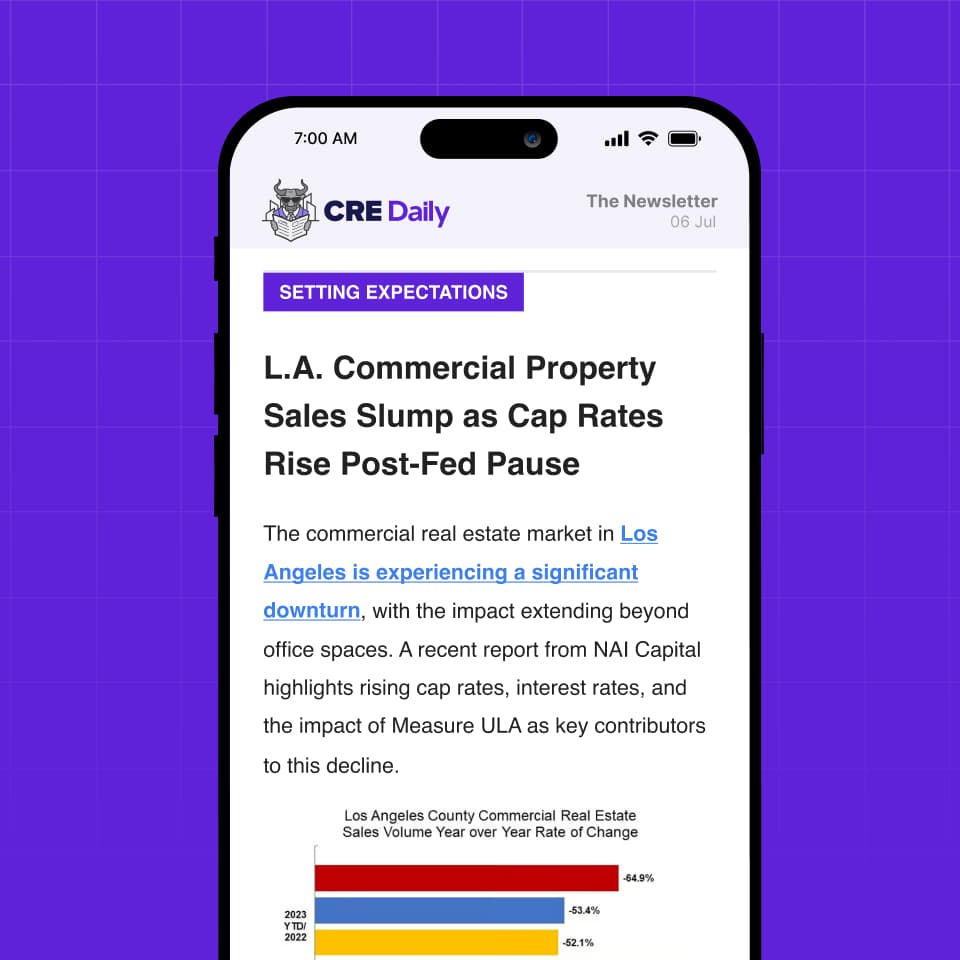- Private credit has surged into the mainstream of CRE finance, growing from a niche alternative to a $1.7 trillion market poised to double by 2030.
- Traditional banks are increasingly partnering with or relying on private credit lenders to fill capital gaps, especially in a high-rate, risk-averse environment.
- The evolving landscape reflects a shift in how deals are structured, with alternative lenders offering speed and flexibility that banks struggle to match.
A Sea Change in Lending
Much like the iconic scene in Jaws, commercial real estate players in 2025 are realizing the tools they’ve relied on may no longer be enough to navigate today’s financial waters, as reported by Commercial Observer.
With $1.7 trillion in assets under management and expectations to hit $3.4 trillion by 2030, private credit is no longer the “alternative”—it’s a cornerstone.
Banks and Private Credit: Frenemies or Partners?
Rather than compete head-to-head, many banks are now finding ways to work alongside private lenders.
In particular, debt funds and non-bank lenders have stepped in where banks have pulled back due to regulatory constraints or internal risk committees tightening lending standards.
Get Smarter about what matters in CRE
Stay ahead of trends in commercial real estate with CRE Daily – the free newsletter delivering everything you need to start your day in just 5-minutes
Flexibility Is the New King
In a high-interest rate environment, private credit’s ability to customize terms—offering mezzanine loans, preferred equity, and even hybrid structures.
Borrowers, especially in transitional assets or value-add strategies, are increasingly turning to these lenders for fast execution and tailored loan structures that traditional banks can’t match.
Why It Matters
The shift toward private credit is redefining how capital is raised and deployed in commercial real estate.
And for the broader CRE finance ecosystem, it signals a long-term transformation where flexibility.
What’s Next
Expect the private credit boom to continue, particularly as economic uncertainty and higher-for-longer interest rates persist.
With institutional investors pouring capital into private debt strategies, and banks maintaining a cautious stance.
The CRE capital markets may not need a bigger boat—they just need a different one.














